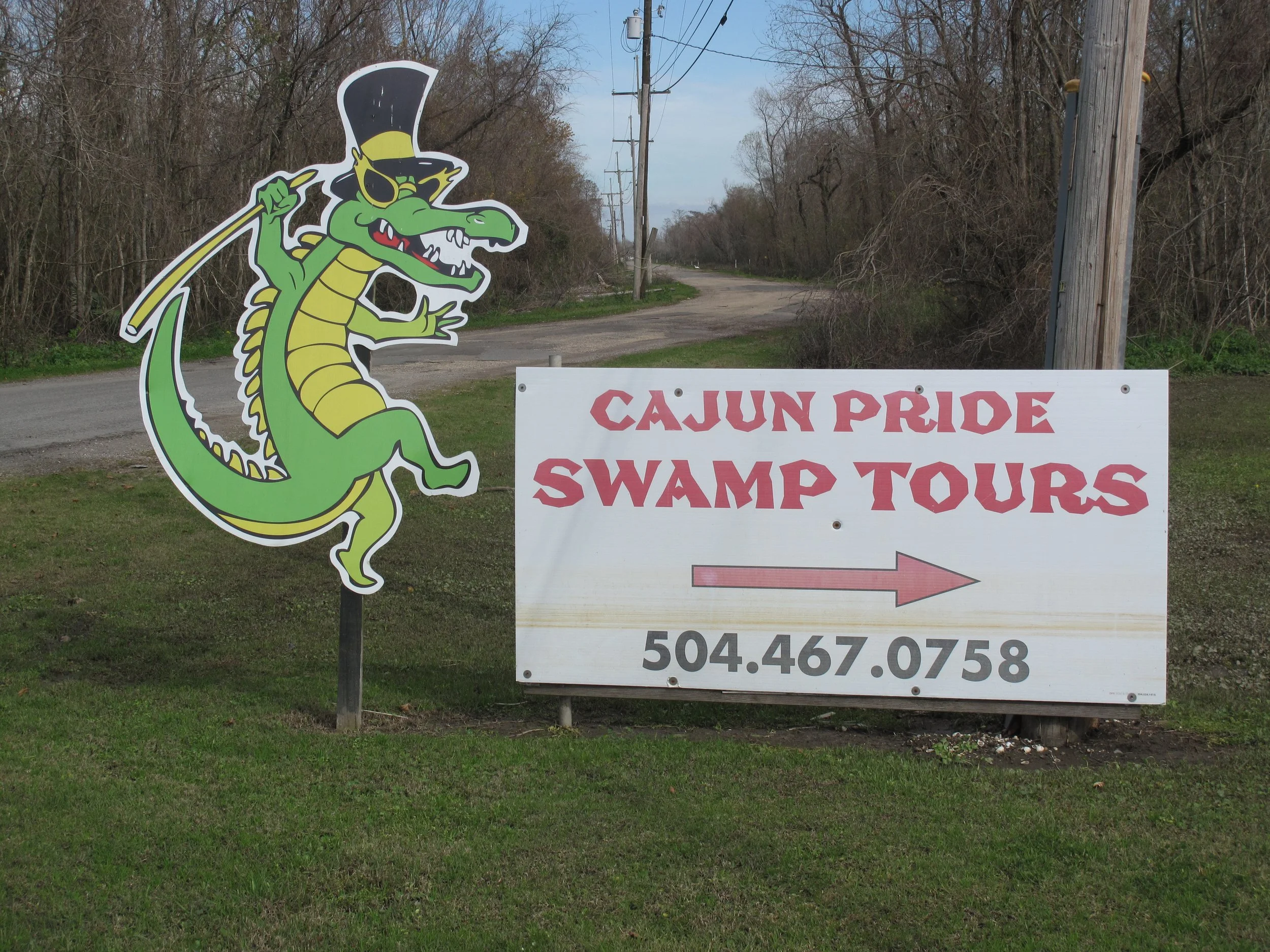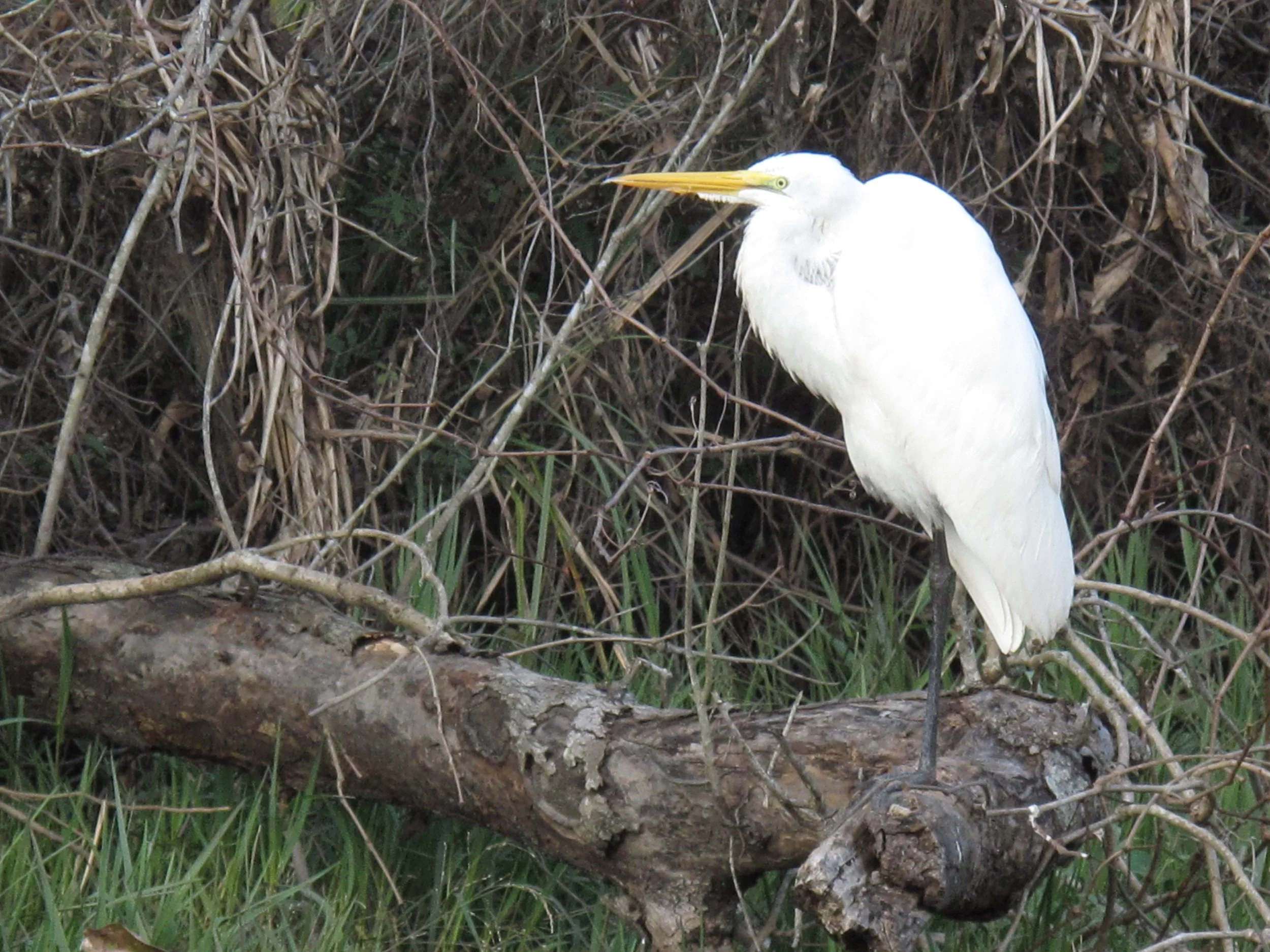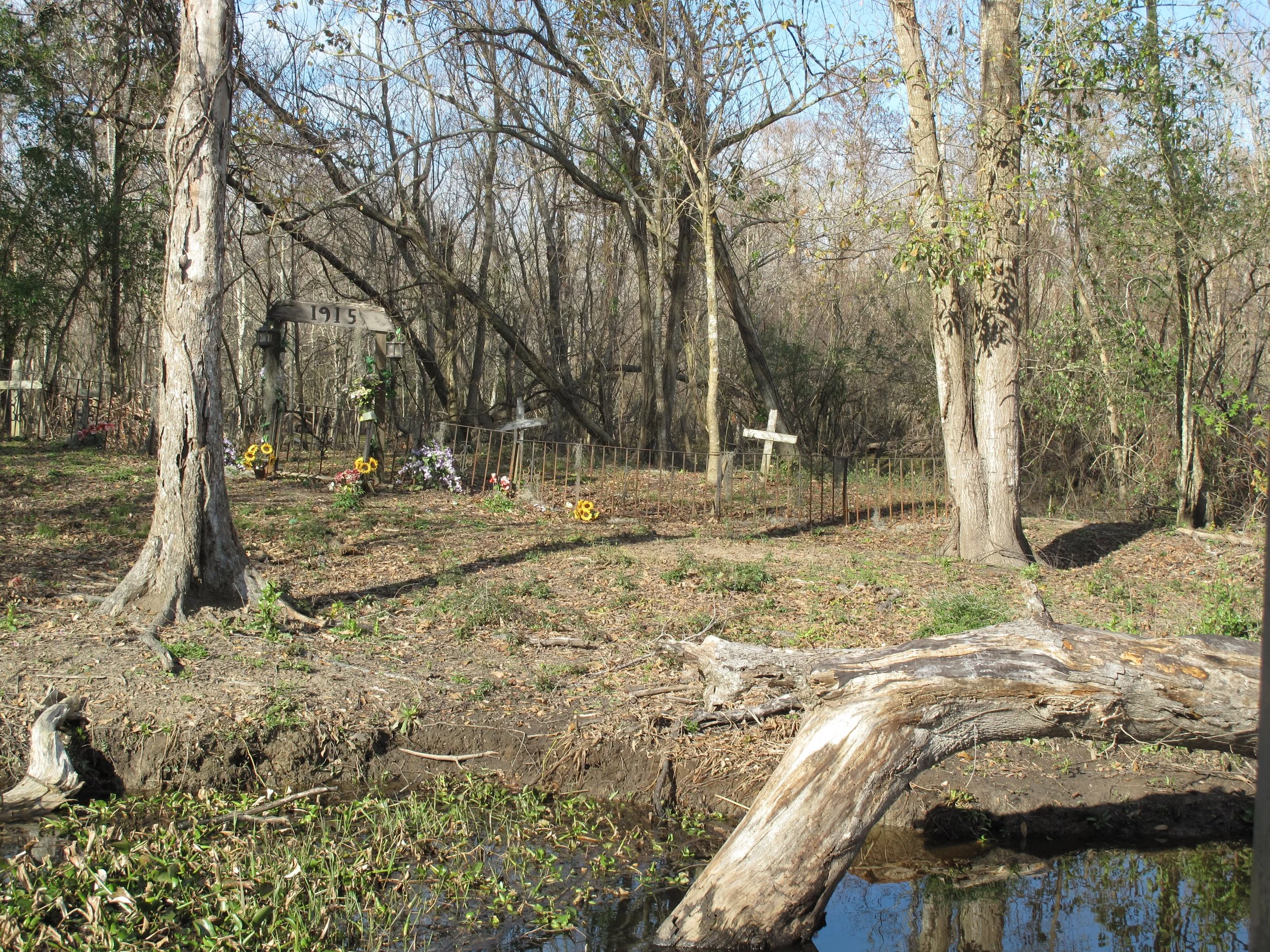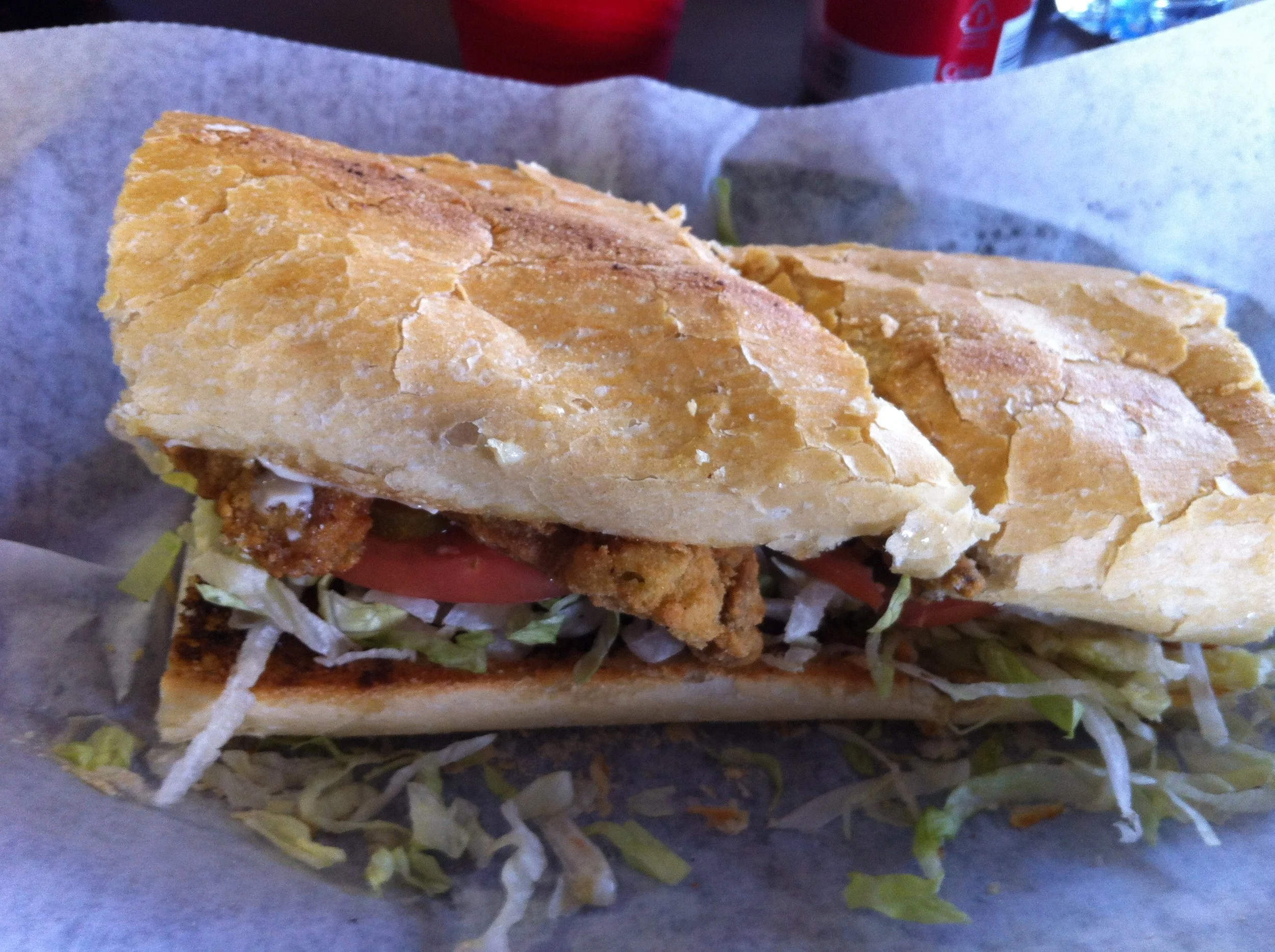Louisiana. The Murky Unknown: Touring a Louisiana Swamp
Swamps play a unique role in American culture. For generations, Acadian (aka Cajun) people have lived in water-logged forests west of New Orleans in an area now known as the Manchac Wetlands. The first European to visit the area was Frenchman Pierre Le Moyne in 1699. In the 1830s, German immigrants from Biloxi, Mississippi established a small farming community there where they grew beets, lettuce, and potatoes.
About fifteen years ago some companions and I decided to visit the Manchac Wetlands. The wetlands are 40 kilometers west of New Orleans on the southwest side of Lake Pontchartrain near LaPlace, Louisiana. Our guide/skipper was Captain Allen who was born and raised in Lafitte, Louisiana. He introduced himself as a member of the Houma Tribe and noted that his grandfather helped build nearby Highway 45. At that time Captain Allen had been leading swamp tours for twenty-three years. After leaving the dock, we motored through turbid grey water. Captain Allen mentioned that water surface takes on a peculiar pea-green color in the summer when it is covered with tiny leaves.
Everywhere there were Bald Cypress trees. With feather-like needles, reddish-brown bark, and wide buttresses, the Cypress tree is a symbol of Louisiana swampland. Their root systems include “Cypress knees,” protrusions that rise above water level for additional stability. Reaching heights of up to 45 meters, the trees can live for hundreds of years. Another swamp icon is Spanish moss, a flowering bromeliad that hangs from trees in long branded stems that trap moisture and nutrients. We also saw duckweed and Salvina, a lily-pad-like plant from South America.
Captain Allen offered a brief inventory of fauna found in the swamp that included snapping turtles, owls, deer, rabbit, cranes, pelicans, snakes, and frogs. Near the boat we spotted a snowy egret (aka white heron). Egrets are entirely white except for their legs, eyes, and yellow feet. Endemic to swamps and marshes, they dine on frogs, snails, lizards, crustaceans, fish, and insects and often stalk their prey while standing in shallow water. Snowy egrets were once hunted for long feather plumes that were a popular addition to early 20th century ladies’ hats.
Captain Allen maneuvered our boat for a view of Frenier Cemetery. Now a ghost town, Frenier was once a thriving community in St. John the Baptist Parish. Although we saw individual grave markers, most interred at the cemetery are within a single mass grave. On September 29, 1915, a Category 4 hurricane with 233 km/hour winds made landfall near Grand Isle, Louisiana. The catastrophic storm killed 275 including 25 residents of Frenier who sought refuge in the town’s railroad depot. Born in 1845, Julia Brown was a land-owning black woman, local healer, and voodoo priestess who is said to have predicted the event. A few days before the hurricane struck, she was seen rocking back and forth in a chair singing, “As I die, so does the whole town with me.” Brown’s funeral was September 29th. That same afternoon the hurricane made landfall.
Although we had been instructed to watch for alligators, the tour ended without a gator sighting. Motioning for everyone to come to the front of the boat, Captain Allen opened his jacket, revealing a baby alligator with an elastic band around its mouth. Fully grown American alligators can reach weights up to 500 kilograms and lengths of up to six meters. Capable of living up to 80 years, alligators have the strongest bite of any animal. Adults feed on amphibians, birds, fish, and mammals while hatchlings such as the one hidden in Captain Allen’s jacket, eat invertebrates. We took turns holding the small gator. Before departing the area, we stopped for lunch at a roadside food stand. My meal was a “Po Boy” sandwich filled with fried shrimp, sliced tomato, and shredded lettuce and seasoned with remoulade sauce.






